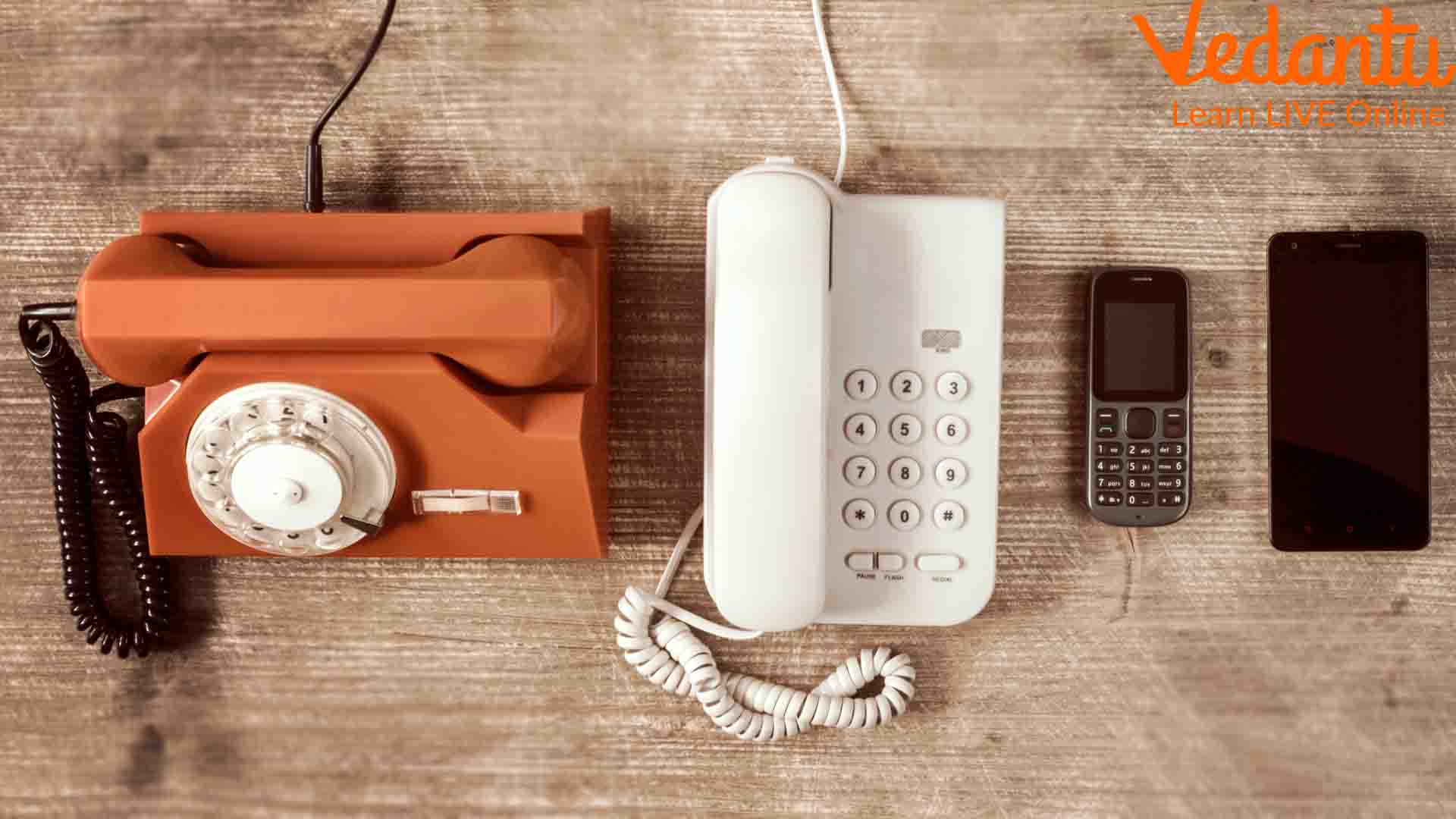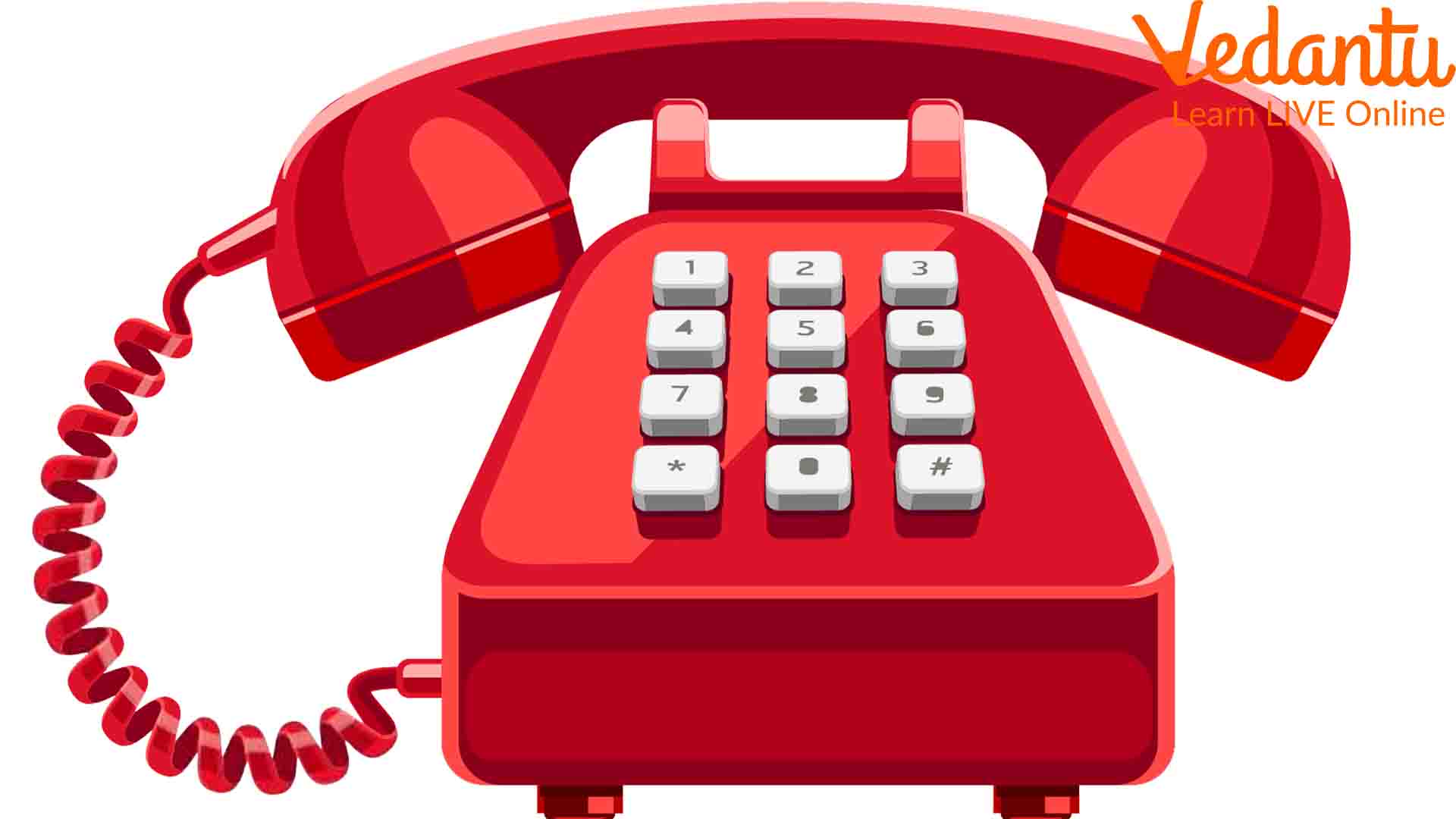Know How Did Telephone Changed with Time
Some genius minds have always been able to improve telephones to keep the customers connected in the most advanced way possible. That is why the evolution of the telephone is visible in the clearest way possible. Everything looks so easy to the naked eye, from being discovered for the first time to having a mobile phone in every hand. But if you look properly, the journey goes back a long way. The Evolution of telephone has been one of the most remarkable life-changing things in the history of humanity.

From 1800 to the present, the evolution of the telephone is known to everyone. But very few know every small detail about the phones’ history. In this article, we discuss who invented the phone first and how the telephone industries changed the device with time to make it even better for use.
Evolution of Telephone with Time
The First telephone, the liquid transmitter was created in the 1800s. It is one of the oldest types of the telephone. Now that we have mentioned the name of the telephone, it is also important to know who is the inventor of the liquid transmitter or how telephone works. However, there were two inventors of the telephone. One was Alexander Graham Bell, and the other one was Elisha Gray. But Alexander Graham Bell succeeded in reaching the patent office a few hours earlier than Gray and won the title of being the inventor of the first telephone.
In 1891 Stowger filed to be awarded the patent of the first ever rotary dial phone. But it did not get into the Bell system before the 1920s. That is considered to be one of the oldest vintage phones ever created.
In the year 1970, the first cordless phone was invented. During this time, touch-tone dialling has also begun. AT&T developed a completely new picture-phone system that could transmit images during phone calls. However, the idea was not a well-received one at that time. With the revolution in telephone companies, the idea of mobile phones and caller ID were introduced. That is how the telephone companies changed the types of telephones with mobile phones.
The 1990s is considered to be the advanced telephone era. It was the time when society started to stop using vintage phones or old landline phones and started to go forward to using little advanced ones. Though the term ‘smartphone’ was yet to be discovered, the discovery of IBM Simon was indeed a pioneer of the advanced phone, which came with combined telephone and PDA features. This discovery ended the old landline phone and allowed people to test the advanced device.
The 2000s is marked as the golden year in the history of the telephone industry. If you look at the invented telephone year and then at how the 2000s changed the entire telephone industry, the evolution of the phone can be visible to you. Mobile phones have become more compact and filled with more useful features. The VoIP technology expanded, and text, video and voice calls were installed as the new features.
Changes in Telephones with Time
In 1879 the top box wall set was invented using mahogany wood. This was one of the oldest phones in the phones’ history.
In 1885 the Wood Cradle Desk Telephone was invented. Though not much is known about this path-breaking discovery, this telephone marked a noticeable change in the industry.
The next telephone invented year was 1892, when the Western Electric Folding Cabinet was discovered. As soon as the phone was used, the hotels, private homes and telephone booths started to get flooded with this discovery.
In 1899, Strowger 10 Digit Automatic Wall Telephone was invented. Though the telephone was invented quite early, it took time for the phone to get access to the Bell telephone service. This was the first phone to use the automatic rotary motion dialer.
The famous telephone manufacturing company Stromberg-Carlson Telephone Mfg, Co. invented this telephone in 1900. This telephone had a very different shape. This phone was famously called ‘oil cans’ by telephone collectors.
The Chicago Upright Desk Set was invented in 1905. Developed by the Chicago Telephone Supply Company, this phone has a curvy shape. That is why it was later named ‘potbelly’.
In 1925 Fuld & Co. produced a telephone with a completely different design. Coloured in Black, the Frankfurt “Bauhaus” Telephone became famous in Germany before making its way worldwide.

Strowger’s rotary phone became a little advanced when another modern form of the rotary phone was created in the 1940s. This phone was used until the telephone company saw a revolution in 2000.
In the 1980s, the use of rotary phones became more common when the German FeTAp 615 was discovered.
The Dutch phone made its way into modern society in 1975. This looked like the modern telephone we used before mobile phones flooded the markets.
By inventing DynaTAC 8000X, the Motorola company started the first commercial line of mobile phones. This phone was invented in 1983.
Though it is not known who invented mobile phone touch screen, we all know when Apple created its smartphones and changed the lives of every person forever. This phone allowed users to open web pages, navigate Google maps, etc.
Conclusion
Though there is hardly anyone who does not use phones in the modern days, very few people know about the first phone ever created. The history of phones goes back a long way. The phone’s journey from being a liquid transmitter to becoming a compact and useful smartphone has always been inspiring. Since the beginning, the invention of the telephone has changed the life of every human.
The evolution of the telephone has made those lives better and simpler. That is why the chronological changes that the telephone industry brought have been marked as one of the biggest events in the history of technology.







